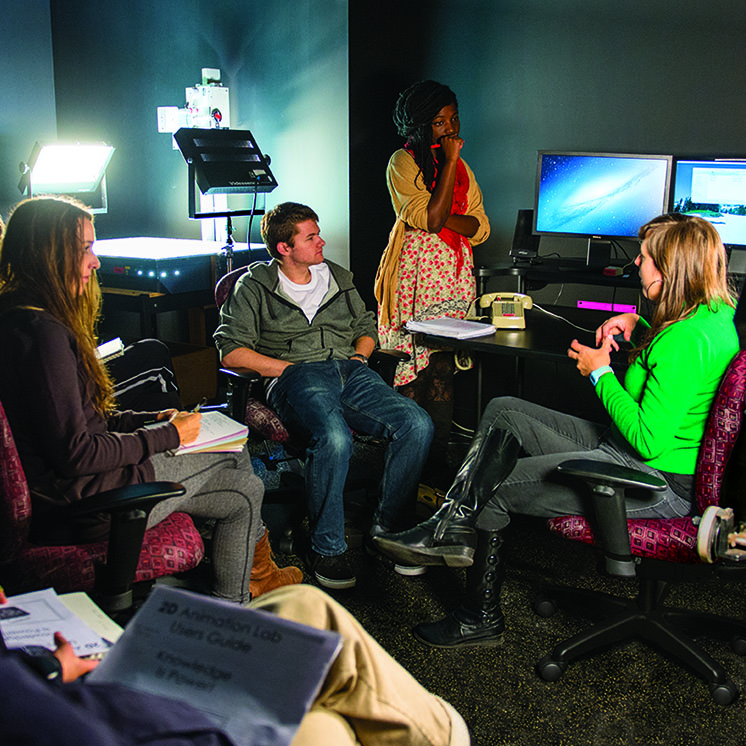Atoms, Molecules, and Reactions
Fall 2015, Winter 2016 and Spring 2016 quarters
Taught by




Prerequisites
This is a year-long, upper-division science program in physical chemistry. In this program we will go from introductory chemistry concepts of the shapes of atomic and molecular orbitals, and explore how these shapes are known mathematically and measured experimentally. Similarly, we will move from stating that some materials are conductors to examining the solid-state structural characteristics that indicate a material is a potential conductor or semiconductor. This program is devoted to exploring the "But why?" of physical chemistry by examining topics in thermodynamics, quantum mechanics, kinetics, advanced inorganic chemistry, and materials chemistry. During Winter and Spring quarters statistical mechanics – the discipline that most unites physics and chemistry – will enable us to derive from first principles such “chemistry” topics as the law of mass action, the ideal gas law, the heat capacity of solids, and the Gibbs free energy, and such “physics” topics as the behavior of semiconductors, the Planck blackbody law, Bose-Einstein condensation, and the Chandrasekhar limit for stellar collapse. Many of the topics in this program require a strong mathematical foundation and comfort with application of calculus. Elements of upper-division linear algebra, differential equations, and probability will be taught in conjunction with the chemistry and physics content of this program.
The program will encompass lectures, workshops, labs, group projects, seminars, homework, essays, field trips, and community interaction events. Primary topics of study will include: thermodynamics (enthalpy, entropy, Maxwell relations), statistical mechanics (equipartition, the Boltzmann factor, chemical potential, Bose and Fermi statistics), quantum mechanics (Schrodinger equation, atomic and molecular energy levels, electronic structure of atoms and molecules, spectroscopy), kinetics (unimolecular and biomolecular kinetics, reaction spontaneity, current kinetic theories), and properties of materials (phase diagrams, solid-state structure, bonding theories, applications of symmetry and point groups, electronic and magnetic properties of materials), as well as the chemistry of transition metal complexes and materials synthesis. Each quarter will involve significant advanced laboratory work focusing on instrumentation, experimental design and research, and structured experimentation. Additional focus on scientific writing, scientific ethics, and societal issues connected to science will be incorporated throughout the year.
Program Details
Fields of Study
Preparatory for studies or careers in
Location and Schedule
Campus location
Olympia
Schedule
Offered during: Day
Advertised schedule: First spring class meeting : Monday, March 28 at 9am (Sem II E2105)
 my.evergreen.edu
my.evergreen.edu

 Fall
Fall  Winter
Winter  Spring
Spring